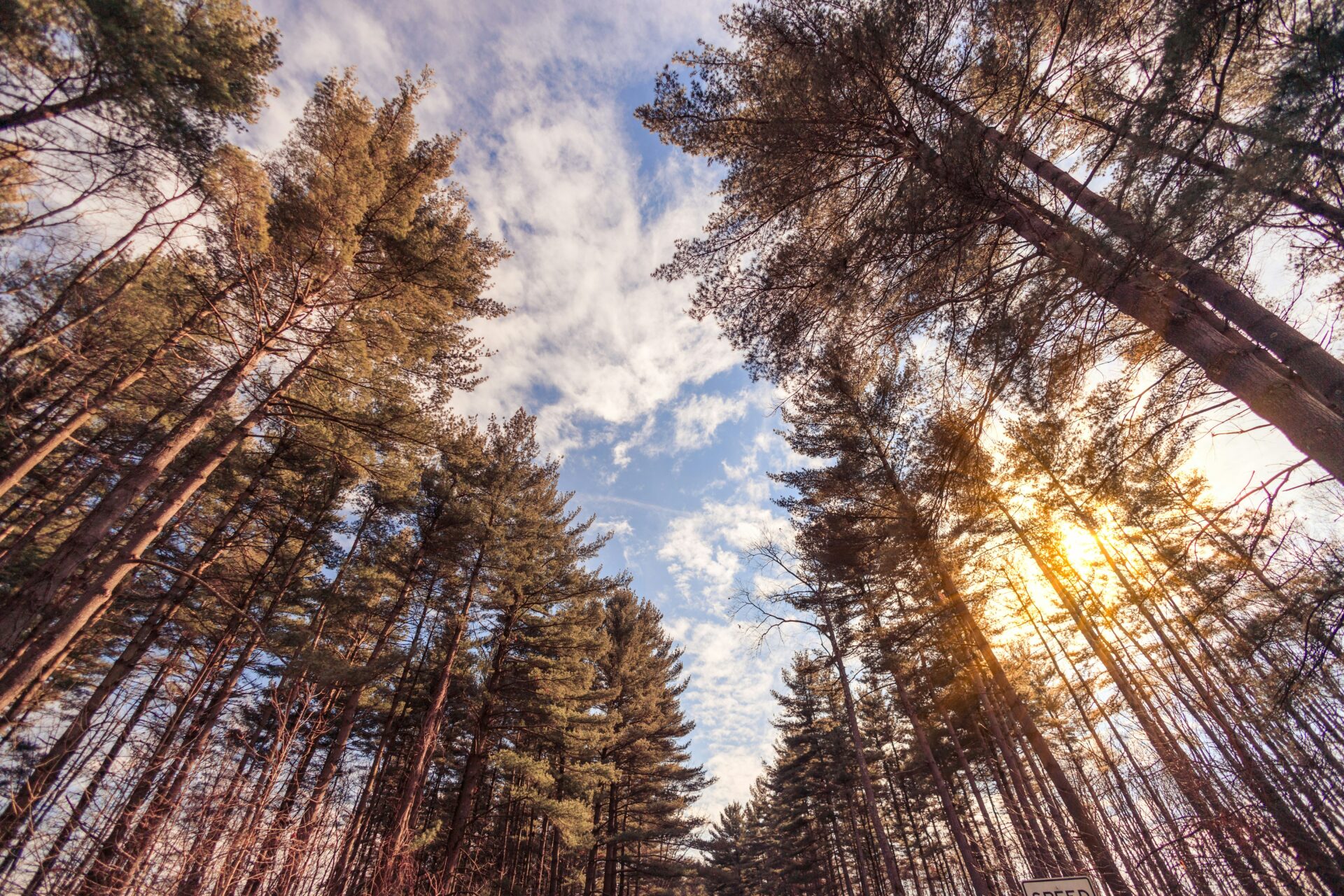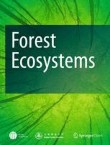Background: Frequent outbreaks of insects and diseases have been recorded in the native forests of western North America during the last few decades, but the distribution of these outbreaks has been far from uniform. In some cases, recent climatic variations may explain some of this spatial variation along with the presence of expansive forests composed of dense, older trees. Forest managers and policy makers would benefit if areas especially prone to disturbance could be recognized so that mitigating actions could be taken.
Methods: We use two ponderosa pine-dominated sites in western Montana, U.S.A. to apply a modeling approach that couples information acquired via remote sensing, soil surveys, and local weather stations to assess where bark beetle outbreaks might first occur and why. Although there was a general downward trend in precipitation for both sites over the period between 1998 and 2010 (slope = −1.3, R2 = 0.08), interannual variability was high. Some years showed large increases followed by sharp decreases. Both sites had similar topography and fire histories, but bark beetle activity occurred earlier (circa 2000 to 2001) and more severely on one site than on the other. The initial canopy density of the two sites was also similar, with leaf area indices ranging between 1.7-2.0 m2·m−2. We wondered if the difference in bark beetle activity was related to soils that were higher in clay content at site I than at site II. To assess this possibility, we applied a process-based stand growth model (3-PG) to analyze the data and evaluate the hypotheses.


